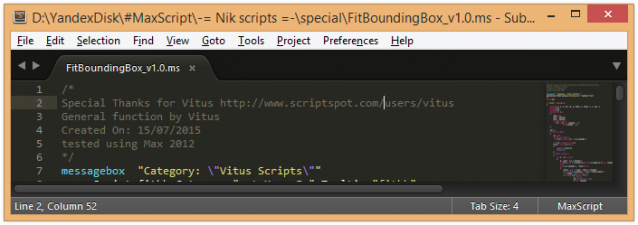


Then decompress (some of) its contents and put them into the folder where you are authoring your web pages. As a web page author, you need to extract the jsmol.zip file included in the downloaded package,.Nothing will be installed in your computer and there are no security concerns. The necessary files will be retrieved at the same time the web page is being read.
Jmol boundbox install#
Jmol boundbox how to#
Jmol isn't really installed as other programs are, but here is a brief description of how to put it into use: Remember to always use uppercase 'J', uppercase 'S', lowercase 'mol' ( explanation ). JSmol: an open-source HTML5 viewer for chemical structures in 3D.

It is recommended, if possible, to install the latest Java version from Oracle.Īnd following instructions therein. The recommended way to cite Jmol is: Jmol: an open-source Java viewer for chemical structures in 3D. The desktop standalone Jmol application requires Java 1.4 or higher. This includes tablets and smartphones, although performance may be slow on these devices. The JSmol object will run on any modern web browser. (Look under the Jmol heading for the link whose name ends in binary.zip or ,ĭepending on the format you can decompress in your computer.) Requirements If you are interested in an older version or you prefer a Unfortunately, I only noted this after posting the command with that extra \n to the Jmol Users's list.It can be downloaded from SourceForge at this direct jsmol/data/1crn.pdb | python -c "import sys print 'load DATA \"mydata\"' print 'END \"mydata\"\n'" | java -jar Jmol.jar -s. In fact this works and is shorter: cat /scratch/pdb/pdb/pdb1deh.ent | python -c "import sys print 'load DATA \"mydata\"' print 'END \"mydata\"\n'" | java -jar Jmol.jar -s. Turns out the \n after print 'load DATA \"mydata\" is unnecessary, but I had originally kept it as a parallel with the Perl code. Note that the brackets are needed because a for command needs to be a block but you cannot put a block after ' ' so you can use the brackets trick instead and it will work after, see mklement0's comment on Crast's answer This would make the original command using Perl convert to: cat /scratch/pdb/pdb/pdb1deh.ent | python -c "import sys print 'load DATA \"mydata\"\n' print 'END \"mydata\"\n'" | java -jar Jmol.jar -s. (See other useful command line options here. The -s - part of the Jmol java command was explained earlier in the thread where the -s flag means a script will be provided from the command line and the - designating the source as System.in stream.

Below there is related python -c "exec(\"import sysĪnd python -c "import sys "Īnd from one-liners here, I found below was especially suitable python -c "import sys )) for line in sys.stdin]" < input.txt (from Rolf's email on Jmol Users' list dated Date: Fri, 17:12:25 +0200 with subject Re: Jmol reads a structure file from a pipe or system input (MPI) )įor how to do multi-line inline Python commands in Bash. The (perhaps boring) detailed conversion processĬonverting command line piping of a PDB file to Jmol via PERL like cat /scratch/pdb/pdb/pdb1deh.ent | perl -ne 'BEGIN ' | java -jar Jmol.jar -s. It uses Python 2 most computers still have Python 2 installed by default. To exit the app, click in your terminal and type CTRL-c. (You'll need to scroll to the right in the command window to see all of it in the posted Gist.) I'm thinking that this is more likely to be possible, since both are running in the same browser and both know html and javascript so there is a common. This example runs in the Jmol directory that is created when it is downloaded and unpacked. The other way would be to link to an already running jmol or jsmol object in the same browser, different tab, and show the same thing in notebook inline and rotate it from there as I present. Command line piping of a PDB file to Jmol via Python An exampleĬommand to initiate opening of a PDB file in the Jmol desktop application via shell pipes and Python cat.


 0 kommentar(er)
0 kommentar(er)
